MCU: TM4C1294NCPDT
Buck/Boost Converter: TPS63051
Hib dedicated LDO: MIC5504-3.3YM5-TR
I have a LiPo battery coming into the board, feeding both the TPS63051 and the MIC5504. Tiva's HIB pin is connected to the TPS63051 EN pin (Active High). When Tiva goes into Hibernate, HIB pin is pulled low. This should disable the TPS63051. However, it only does this exactly every-other-time. The MIC5504 should always be on, to provide power to the HIB module (plus RTCC.)
I have an LED connected to the +3v3 output of the TPS (for indicating that it's on) and one connected to an MCU output pin (which should shut off during hibernate)
Here's how it looks: Multimeter on HIB pin, plug in LiPo:
HIB High @ +3.331V
MCU hits hibernation
HIB Low @ 0.01V
All LEDs dim (should be off...)
Hibernation ends, LEDs are full brightness, HIB is back to +3.331V
MCU hits hibernation
HIB Low @ 0.01V
All LEDs fully off
Rinse, repeat.
When the LEDs only partially dim, the TPS63051 output reads +2.195V...
I'm stumped. What's going on?!
Here's the relevant parts of the schematic. Note: The LiPo battery connects to a (not shown) BQ24232 Battery Charger IC, which provides VSYS to the Buck/Boost Converter and the Bat. LDO Regulator.
